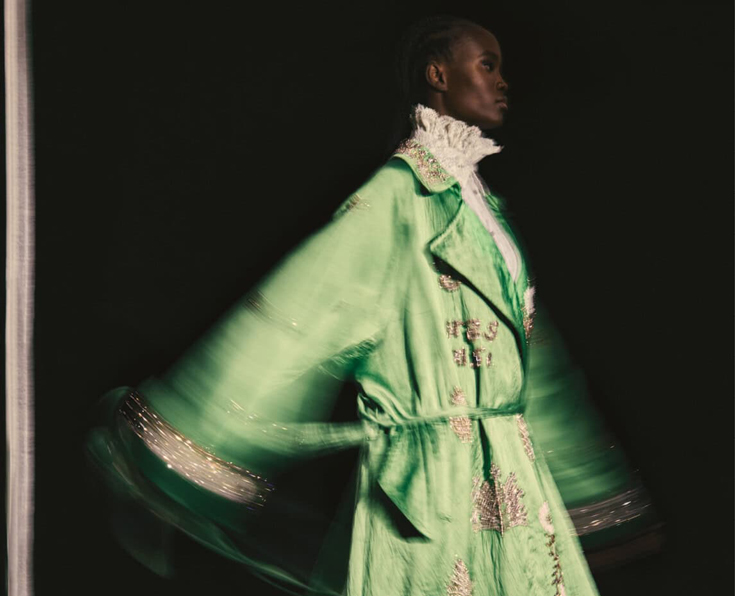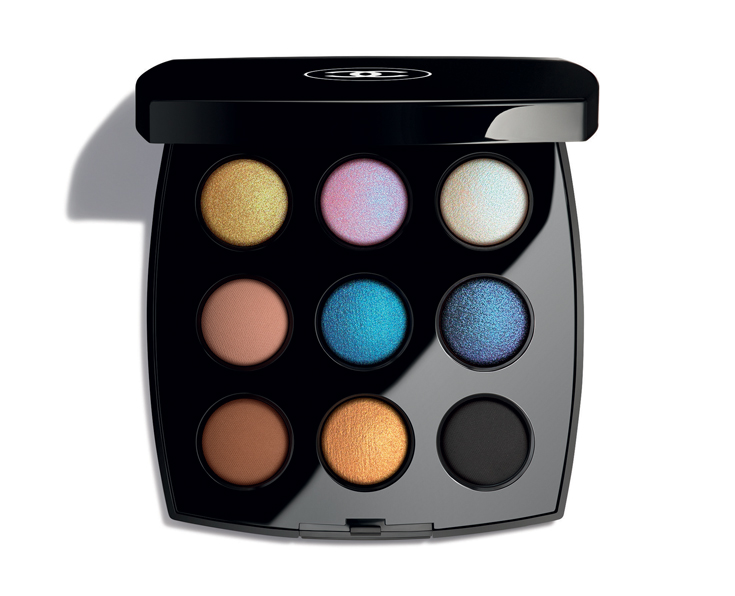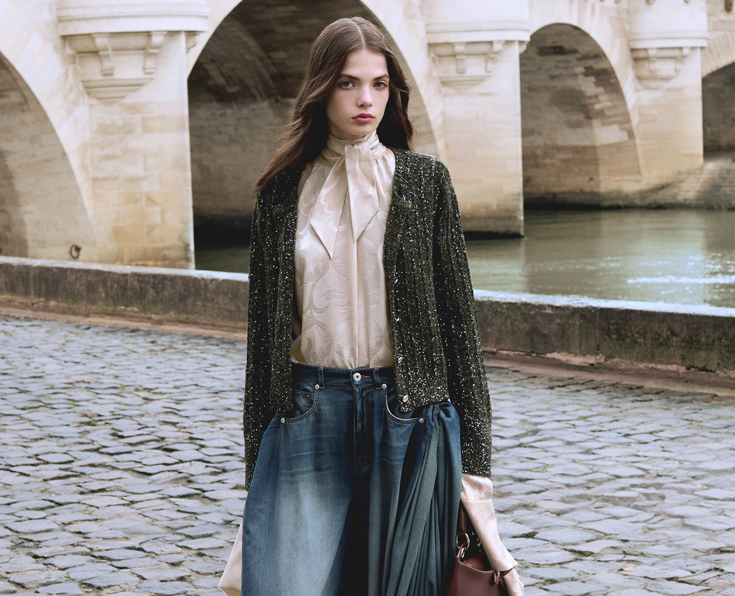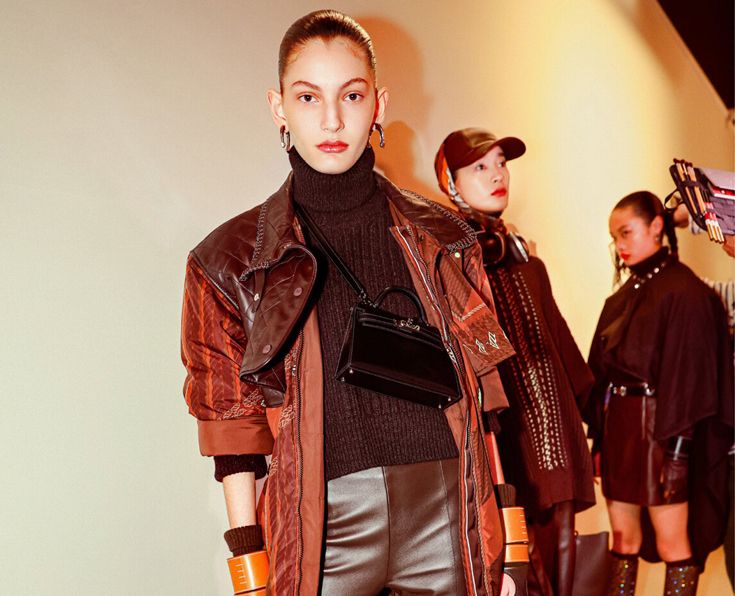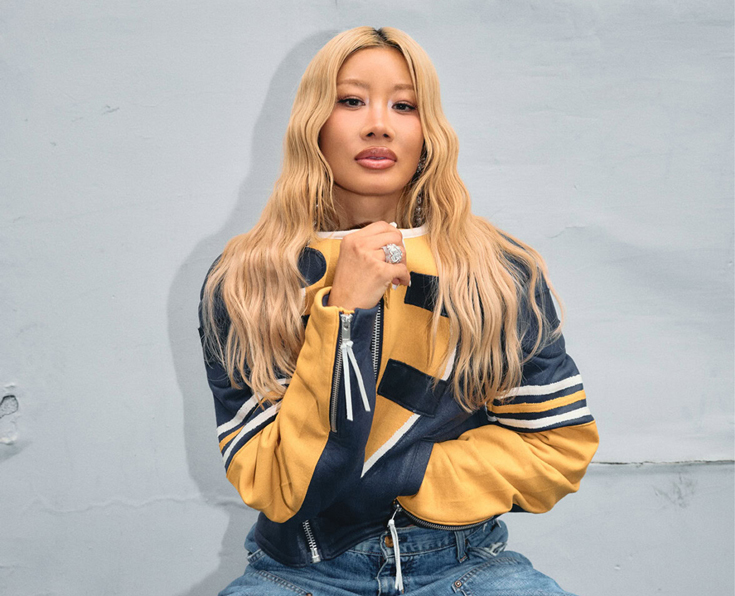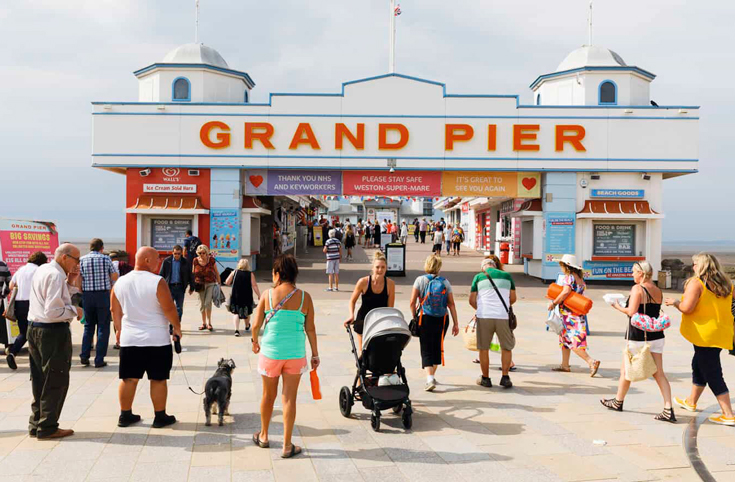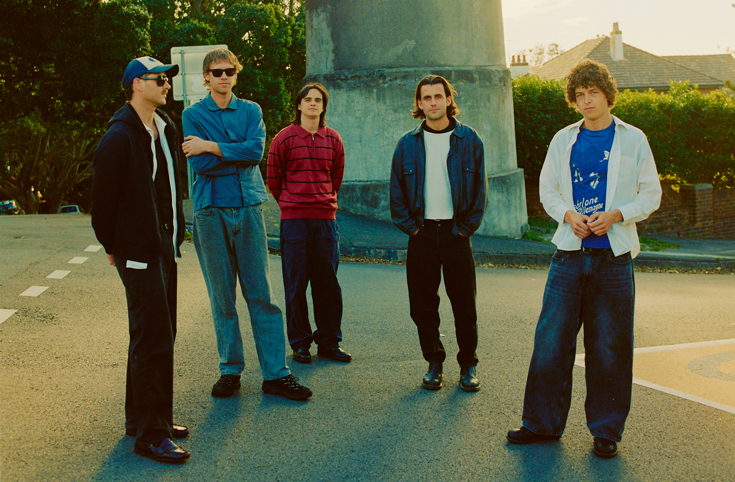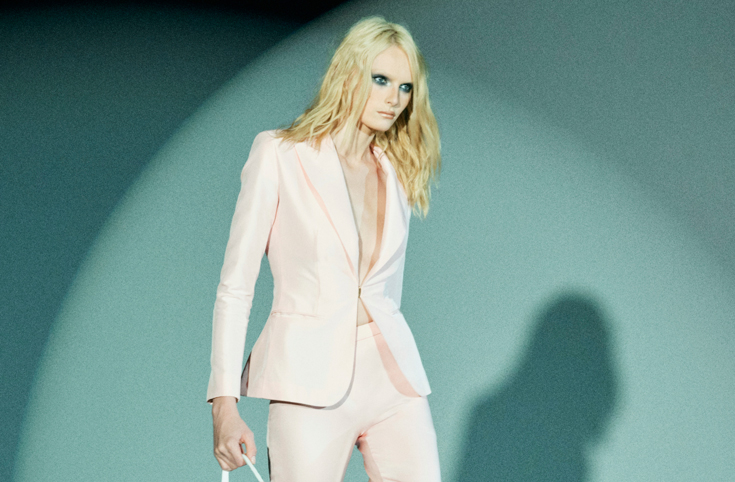KHRUANGBIN RETURN TO THEIR ROOTS

Khruangbin are back. The ultimate vibe curators have returned to their roots with A LA SALA, a voyage into a sunkissed world where elaborate instrumentals reign supreme. The album follows the distinctively more upbeat LP Mordechai, which the band released in 2020, and collaborative projects with Malian guitarist Vieux Farka Touré and fellow Texan, Leon Bridges.
This time, bassist Laura Lee Ochoa, drummer DJ Johnson and guitarist Mark Speer are back in their effortless groove: Speer's guitar playing is in a total state of flow, Laura Lee's bass is seductive and grounding, and Johnson's drumming and production creates the record's overarching sense of ease. The infusion of field recordings and sounds from their environments have built a nostalgic familiarity amongst the project. If the album were a time of day, it would be a summertime sunset. It's an escape to another world, one that is in reach. Freeing, liberating, and Khruangbin at their finest, we spoke to Laura Lee and DJ about creating A LA SALA:
ROXY LOLA: We love how brilliantly this album begins. It felt like a whole scene was set in 10 seconds with that summertime ambient noise and it took me back to my childhood living room on a hot summer's night. I'm always fascinated by how an artist starts an album so I wanted to know why you began here on Fifteen Fifty-Three?
LAURA LEE: There wasn't necessarily a plan to start there. It usually starts with me and then I make sure that the guys are happy with it. But I've usually sequenced our records, so I had the pile of songs and once I start with the first song then it writes itself most of the time. It was pretty clear that this was the first one. It felt like a beginning. There’s a very melodic-specific intro, but then when the song kicks in, it feels like familiar Khruangbin to me. I felt like for people that have been listening to us for a while, they’ll hear the start and then when it drops in it's like oh, I’m home. Once we had the sequence and the title and the sort of idea of the record, then we started bringing in all of the field recordings. Mark does most of that. We wanted to create a landscape, dreamscape for people to experience.
RL: I have read that this album came from a desire to get back to ‘square one’ and a starting point, but I'd love to know what sparked that feeling? Why did you feel that desire to go back to square one?
DJ: I think because the last few releases that we were a part of were collaborative and there's a lot that goes into that. Whenever you add more people to a mix or just another artist to a mix, there's a lot of other opinions that you have to take into consideration when making choices. There's a lot of a lot of things you have to do to accommodate musically as well. Specifically like on the Farka Touré collaboration - he’s an amazing guitarist and vocalist. But us as a band, constructed of guitar, bass and drums, Mark was trying to figure out, okay, where do I fit in this process? If there's another guitar player playing this incredible stuff, you only really ever have three options. You could either fight, share or support in the space. So Mark took the support role and we thought it turned out beautifully, but throughout that process, it made us long for getting back to working just the three of us as a trio and creating something that was just our own.
RL: What do you think that you all learned about each other through going back to this intimate way of working with just the three of you and an engineer?
LL: When we put out the last song than album Mordechai happened over COVID. The three of us were separated longer than we've ever been, since we've known each other. When we came back together to tour, we were playing bigger stages. Everything was bigger. Our team was bigger. And I think it felt a little overwhelming. If I learned something from us being together it’s that the three of us are always the three of us. It doesn't matter how many things have changed and where we live and how separate we are. When we come back into a space, particularly this space, which is a very living room type space that we have been going to, close to a decade, that we can find each other there.
RL: You have established such a strong sonic identity as a group. Do you feel pressure to appease everyone listening or did you really try to push the boundaries of your sound on this album?
DJ: I think the beautiful thing about being yourself and being exactly who you are from day one is that when you come out like that and everyone in your fan base says ‘hey, we like this’, you don't really feel the pressure to be anything other than yourself at any given point. That doesn't mean you don't leave space for yourself to evolve as an artist and for things to change along the way and to add things and grow, but the pressure to sound any different isn’t really there. I think if there is any pressure it is how much can we lean into ourselves and who we are, how do we not stray too far away from who we are and what we've created and what we built?
RL:I'd love to know from a technical point of view, did you do anything differently in the creation of this album? Was there anything new and exciting that you uncovered that gave way to songs?
LL: DJ was more in this part of the process, but I think the one thing I can say is it was the first time that we really knew what presentation we wanted to have before we went into mixing. So like post recording, pre mixing, we knew we wanted to call it A La Sala. We were able to actually go into the production of it knowing we wanted to have a textural environment to put the record in. Whereas in the past, it hasn't been fully realised before that stage.
RL: Do you have a song that you are most proud of on the album, or one you are really excited for long time fans to hear?
DJ: I think I like all of them. I think when longtime listeners hear this album, they will be able to pinpoint spots they hear and say ‘oh, that sounds that sounds like vintage KB’ or it sounds like a bit of a throwback. I'm excited for our listeners to catch those moments and I guess in a way, experience a moment of nostalgia from that.
RL: Yes, your music is a great soundtrack for life. How important is dreaming to you and fantasy in your work?
LL: Dreaming is - I don't want to say everything because I’m definitely rooted and grounded in what's present - but I think I daydream constantly. It's why I do not know directions of how to get anywhere. And why if DJ and Mark follow me to anything, we will be lost. Because usually I'm dreaming about something. I think the visual world for this record, we wanted to paint a dreamscape for people to facilitate where they want to go in the song and what story the song is for them. Giving them just enough to paint their own picture but not too much to dictate where their story's going.
RL: I love the album artwork and what you said about it because it balances a sense of comfort and feeling of being grounded in a familiar space, whilst looking out into a world of possibilities. Do you remember when you started to have the vision for artwork?
LL: I had a conversation with Mark over Zoom and I don't remember exactly how we landed on it. I know we had already decided it was going to be called A La Sala. We were trying to figure out what the visual world was. We wanted something really simple. We wanted something that we could do ourselves. Mark really wanted to make the album artwork. I think in a way - he’s not here, but we can talk about him - about what DJ was talking earlier about how he's been a supportive role in a lot of the stuff we've done recently. I think this album really highlighted his. He had a front running role and we wanted to support him in that. He has taken a picture from every airplane that we have been in and he has been collecting them for so long. They feel very true to him and true to our experience as a band.
RL: I have to also quickly talk to you about fashion as well as I know that Laura is committed to never repeating an outfit twice, which I very much appreciate. I'm sure people ask you about it all the time, but I have to know if you're still committed to that and whether you choose those outfits based on the era you're in. Have you started to think about how this project translates in terms of clothes on stage?
LL: Yes. And it's not the era I was in last time. I might not be doing multiple outfits a night. I still am dedicated to showcasing how many great talented artists there are out there in the world. There are so many clothes to be worn and I know that there's some misunderstanding of me not wearing anything twice that I just have a closet of clothes that don't go used, but I don't usually keep the clothes. I wear them on stage and then they go back.
RL: Speaking of what you're going to wear, you're playing some major shows this year and I was very excited to see the Coachella announcement. How will this album translate into a live show?
LL: I think the only thing I will say is that I hope it is as dreamy as visuals are up until now and sonically, we're trying to create a dreamscape and on the record, sonically, visually, and live. We can definitely say there won't be any spaceships on stage.
RL: We’ve spoken a bit about dreams and fantasy. Do either of you have favourite fairy tales or stories that have acted as a North Star for you when it comes to dreaming?
DJ: One of my favourite movies as a child was The Never Ending Story. Back then just the visuals in that film and the story took you to another place. I think that was like my first dip into fantasy.
LL: I have two. I love Spirited Away. I also grew up loving The Little Mermaid. I also encourage everyone to read the real, original story of The Little Mermaid. Because it is much heavier than the Disney interpretation. But both stories are about somebody kind of escaping to another world and having to overcome a series of obstacles to get there. I think that feels like my life.
Listen to Khruangbin HERE.

